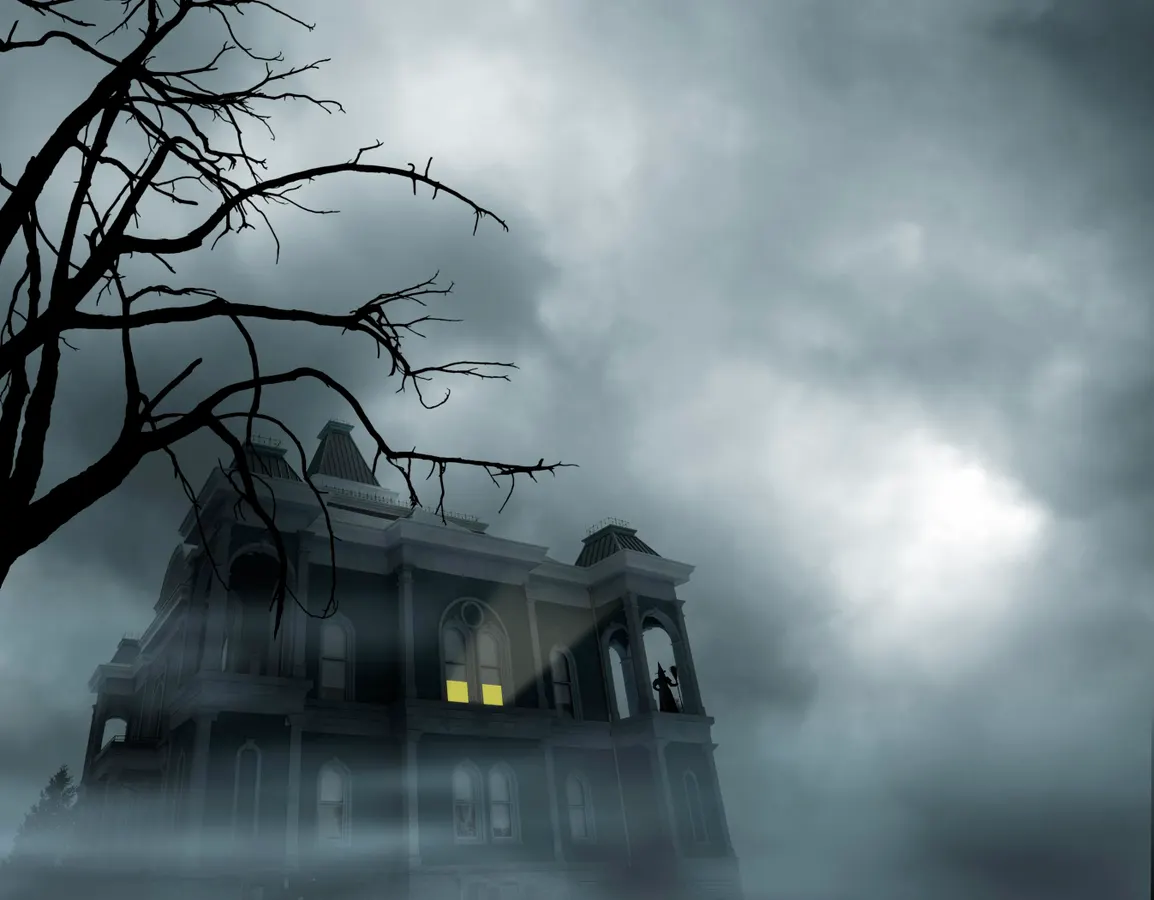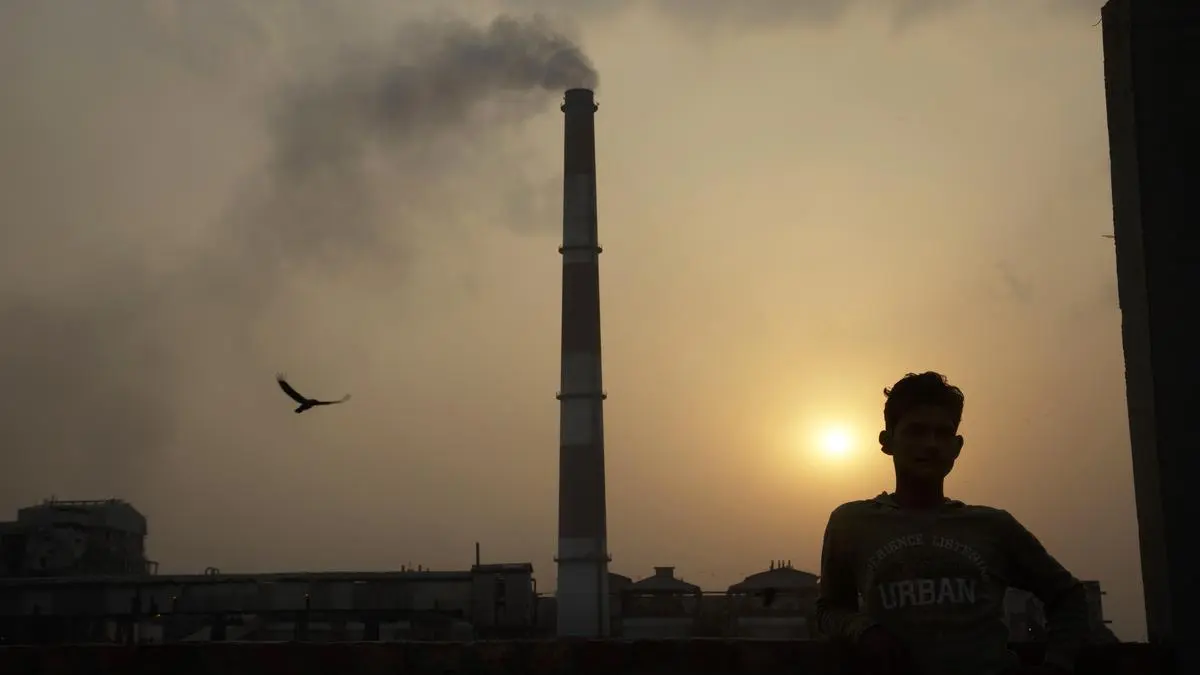Copyright forbes

Are there hidden horrors haunting your house? Scarier than your neighbor’s illuminated lawn zombies, 800 trick-or-treaters hitting your street tonight, or your inflation-weary candy budget are the horrors that could be hiding in your home right now like destructive poltergeists. Here are eight hidden problems that contractors, real estate agents and other industry pros cite as the scariest and most potentially damaging. And, like black cats, they tend to jump out at you at the worst possible moment — like when you’re starting a renovation project or selling your home. 1. Water Damage And Mold “Water damage on the ceiling is the most common hidden problem, with one in four surveyed homeowners reporting it as something they’ve dealt with,” shares Angie Hicks, co-founder of home improvement platform Angi. “When left unchecked, water damage can lead to structural damage, mold growth, or electrical hazards,” she notes. Kendra Sinclair, design trends expert from online home improvement platform Thumbtack, cites water-related issues as the most common hidden threats her pro network encounters. “I always think of water as the greatest (often hidden) threat to a homeowner’s health. Mold can quickly grow behind showers, sinks, or windows. When vapor barriers and caulking are not applied correctly, moisture can seep into drywall. Similarly, leaky joints inside walls or under floors can contribute to mold and rot.” The most common water-related issue Salt Lake City-based contractor Zack Simon of the local Ideal Siding franchise cites is improper or nonexistent waterproofing, especially around windows, doors and joints. “Flashing done incorrectly (or skipped altogether) lets moisture seep in for years without leaving visible signs. By the time bubbling paint or warped siding appears, the damage inside is already well underway.” 2. Roofing Issues Jacksonville-based real estate pro and CEO of My Property Managed, Joseph Keshi, cites long-term roof leaks as a scary problem, as they can lead to what he calls “dreaded black mold” hiding behind drywall. Often, he notes, “it gets away unnoticed until the walls are opened or moisture testing is done.” MORE FOR YOU His Milwaukee area colleague Aaron Jakel of Bubblegum Roofing adds dry rot as his most commonly discovered hidden problem. “Dry rot hides beneath layers of shingles and always looks solid until you step through it with a pry bar. Many homeowners make the mistake of assuming a roof leak is minor until they take a look underneath and realize that the wood has the consistency of wet cardboard. Dry rot compromises load-bearing areas, and in a worst-case scenario that means a roof sagging, or partially caving in during a heavy snow.” This issue can lurk for up to 15 years undetected, he points out. “Like I said, wood decay is a silent but merciless killer!” 3. Electrical Issues The most common issue Keshi sees is defective wiring, he says.” Older wiring installations with aluminum or cloth insulation constitute a potential fire panic because buyers presume that there have been cosmetic renovations conducted without updating the wiring.” Atlanta-based licensed general contractor Gary Baxter agrees, citing unsafe electrical work, especially in older homes: “Many homeowners assume wiring is ‘fine’ because lights work, but dangerous conditions can exist out of sight.” These issues can go undetected for two decades a longer because they’re hidden behind walls. They don’t become obvious until exposed in a renovation, or signs emerge like flickering circuits — sometimes right before a major failure, he declares. 4. Asbestos Detroit area general contractor John S. Gelfusa of HomeWorks cgo routinely encounters asbestos-contaminated Vermiculite insulation. “Just a slight disturbance, opening the attic access, the material becomes airborne and you’re breathing it in. I have been in many home attics filled with Christmas and Halloween decorations covered in vermiculite dust knowing these boxes will be brought into the home. It’s hard for many homeowners to believe the air in their home could contain a dangerous carcinogen,” he shares. This problem stays secret for decades, he observes, and often when the home changes hands, the new buyers are unaware too. Josh Qian, Los Angeles area remodeler and co-founder of LINQ Kitchen, sees asbestos issues show up embedded in ceiling tiles and insulation. “If a homeowner performs DIY renovations without knowing that the materials being disturbed contain asbestos, there is a high risk of widespread contamination,” he warns. 5. DIY Fails “Over the years, DIY modifications or un-permitted work often leave unsafe splices and overloaded circuits,” comments Milwaukee area general contractor Robert D’Amato of Nord Restoration. “These hidden flaws can cause electrical arcing and house fires, especially in older homes with aging insulation.” This type of hazard can go unnoticed for 10 or 20 years or longer, he adds, worsening over time. Thumbtack’s Sinclair alludes to this one as a growing problem since more homeowners are taking on remodeling projects (and sometimes looking to economize by doing skilled trade work themselves). She points to a first-hand discovery: “In my fishing cabin built in 1920, I found numerous cuts made in load-bearing beams to add new windows. If I hadn’t discovered this lack of integrity in the beams that hold my roof up, a big snowfall could have resulted in a caved-in roof.” 6. Structural Problems Beverly Hills based real estate sales pro Heather T. Roy of Heather & Learka at Douglas Elliman cautions: “Something you can’t tell when you walk through a house, that you won’t know before you make an offer, that ends up being kind of scary after the inspectors figure it out, are structural problems.” The cause is often additions or remodels that impact the home’s structure. “Sometimes spaces get used for things they weren’t built for,” she explains, leading to one big or compound mistakes. Roy gives an example that might make fitness-minded readers flinch: “Once, we had a house in escrow that was gorgeous, but all the inspectors who came through were puzzling over the upstairs gym. They recommended our buyer clients hire a structural engineer. The engineer figured out that the upstairs gym had been an attic that wasn’t built with the right support for what it was being used for and over time even the inadequate structural supports that were there had been compromised, literally cut into, when plumbing and lighting work was done. The professional finding was that the floor could collapse.” The seller pointed out that they’d never fallen through the floor on a treadmill session, but the deal didn’t go through, she recalls. Siding pro Simon shares, “One of the scariest problems I ever came across was during what was supposed to be a simple siding replacement on a beautiful old home. The house looked solid from the outside, but the siding had just started to fade and crack in a few spots, nothing too alarming. But the moment we began removing panels, things took a dark turn. Behind the siding, the sheathing was black, and not from paint, but from rot.” The damage was so extensive that it could resulted in the walls losing their integrity, as well as mold, he commented. 7. Gas And Carbon Monoxide Leaks “Gas and carbon monoxide leaks can be the scariest – and deadliest – hidden home problem,” declares Hicks. If not discovered, “gas leaks can cause fires, explosions, and health problems, while elevated levels of carbon monoxide can cause serious health complications or even death,” the Angi executive adds. “Another frequent hidden issue is the presence of pests, such as termites or rats, living inside your walls or attic,” comments kitchen remodeler Qian. They can cause silent structural damage for years, weakening many of the load-bearing beams in your house and compromising the integrity of the structure itself, he cautions. “When a pest infestation goes unchecked, it will cost money in repairs, bring disease-carrying organisms into your living space, and create an unhealthy environment for those living in the house.” Editorial StandardsReprints & Permissions



